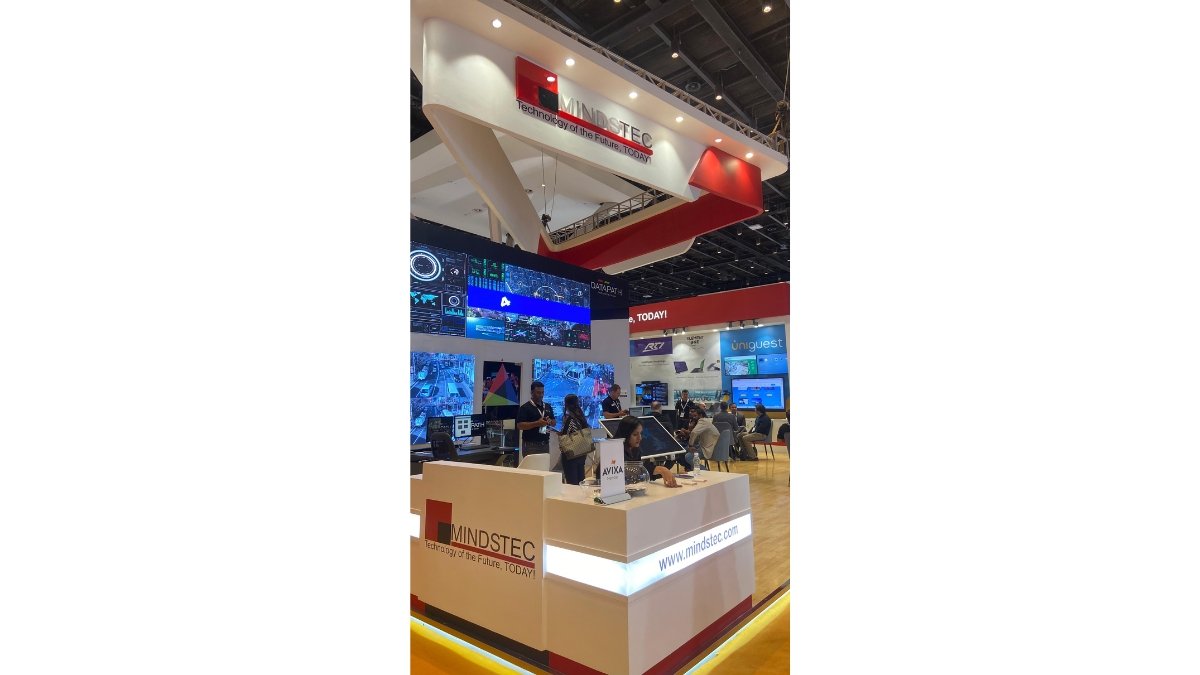Ensuring Strong and Durable Bonds with Anabond Products
Ensuring Strong and Durable Bonds with Anabond Adhesive Introduction to Anabond’s strong and durable bonds: Understanding Anabond Adhesive Anabond Adhesive: Composition and Features Anabond adhesive is a popular type of adhesive that is known for its strong bonding capabilities and versatile applications. It is composed of various chemical components that work together to create a […]


Ensuring Strong and Durable Bonds with Anabond Adhesive
Introduction to Anabond’s strong and durable bonds:
- Briefly introduce the importance of strong and durable bonds in various industries.
- Highlight the role of Anabond adhesive as a reliable solution for achieving such bonds.
Understanding Anabond Adhesive
Anabond Adhesive: Composition and Features
Anabond adhesive is a popular type of adhesive that is known for its strong bonding capabilities and versatile applications. It is composed of various chemical components that work together to create a durable and reliable adhesive. The exact composition of Anabond adhesive may vary depending on the specific product and application, but generally, it consists of the following key components:
- Resin: Anabond adhesive contains a resin or polymer component that provides the adhesive strength and bonding properties. The type of resin used can vary and may include epoxy resins, polyurethane, or cyanoacrylate.
- Fillers: Fillers are added to Anabond adhesive to enhance its properties. These fillers can include materials such as silica, talc, or calcium carbonate. Fillers help to improve the adhesive’s viscosity, strength, and resistance to chemicals and heat.
- Solvents: Some types of Anabond adhesive may contain solvents to aid in the application and curing process. Solvents help to reduce the viscosity of the adhesive, making it easier to apply, and evaporate during the curing process.
- Curing Agents: Anabond adhesive typically requires a curing agent or hardener to initiate the bonding process. The curing agent may be included as a separate component or incorporated within the adhesive formulation. It reacts with the resin to form a strong, crosslinked structure, resulting in a solid bond.
The composition of Anabond adhesive depends on the type and chemistry of the product. For example, Anabond 202 is an ethyl cyanoacrylate based instant bonding adhesive system that cures in seconds when pressed into a thin film between two substrates. Anabond all purpose adhesive is a clear adhesive, single component synthetic polyester PU based adhesive suitable for bonding various substrates such as leather, canvas, aluminium, paper, neoprene, wood, etc.


Now let’s discuss some key features of Anabond adhesive:
- Strong Bonding: Anabond adhesive is known for its high bonding strength, which allows it to create durable and long-lasting bonds between various substrates, including metals, plastics, ceramics, and composites.
- Versatility: Anabond adhesive is suitable for a wide range of applications and can be used in various industries such as automotive, electronics, construction, and manufacturing. It can bond different materials together, making it a versatile adhesive option.
- Resistance to Environmental Factors: Anabond adhesive exhibits excellent resistance to environmental factors such as moisture, chemicals, and temperature variations. This makes it suitable for applications where the adhesive needs to withstand harsh conditions.
- Gap-Filling Capability: Some formulations of Anabond adhesive have excellent gap-filling properties, allowing it to fill voids and irregularities between bonded surfaces. This feature helps to enhance the strength and integrity of the bond.
- Quick Curing: Depending on the specific product, Anabond adhesive can cure rapidly, reducing the assembly and processing time. This is beneficial in industries where fast bonding and production cycles are essential.
- Easy Application: Anabond adhesive is designed for ease of application. It is available in various forms such as liquids, gels, or pastes, allowing for convenient dispensing and application methods, including manual application or automated processes.
Overall, Anabond adhesive offers a reliable solution for bonding different materials together, providing strength, durability, and resistance to various environmental factors. Its composition and features make it a versatile adhesive option across numerous industries and applications.
Types and Variations of Anabond Adhesive
Explore the different types and variations of Anabond adhesive available
Anabond is a leading manufacturer of adhesives, sealants and lubricants for various industries and applications. Anabond offers a wide range of products based on different chemical technologies, such as anaerobic, silicone, polymer, epoxy, polyurethane and more https://anabond.com/products/ https://anabond.com/about-us/. Some of the types and variations of Anabond adhesive are:
• Anabond 111: An anaerobic adhesive for thread locking and sealing in automotive applications. It has a red colour and a viscosity of 1000 – 1500 cP at 30 °C. It can withstand temperatures from -50°C to +150°C.
• Anabond 230: A rubber-based adhesive for brake shoe bonding in automotive applications. It has a brown colour and a viscosity of 3000 – 5000 cP at 30 °C. It can withstand temperatures from -40°C to +120°C.
• Anabond 666T Max: A silicone adhesive for bonding and sealing in general purpose applications. It has a clear colour and a viscosity of 25000 – 35000 cP at 25 °C. It can withstand temperatures from -60°C to +200°C.
• Anabond PRELOC 80: An anaerobic adhesive for thread locking and sealing in automotive applications. It has two parts: Part A is white to light brown and Part B is rose/red/blue/reddish brown. It has a viscosity of 200 – 500 cP at 30 °C. It can withstand temperatures from -55° C to +170 °C.
• Anabond 340: An anaerobic adhesive for pipe sealing in automotive applications. It has a white colour and a paste-like consistency at 30 °C. It can withstand temperatures from -50° C to +200 °C.
These are just some examples of the types and variations of Anabond adhesive available. You can find more information on the Anabond website or contact them for specific enquiries.
If you have any objection to this press release content, kindly contact pr.error.rectification[at]gmail.com to notify us. We will respond and rectify the situation in the next 24 hours.










































































